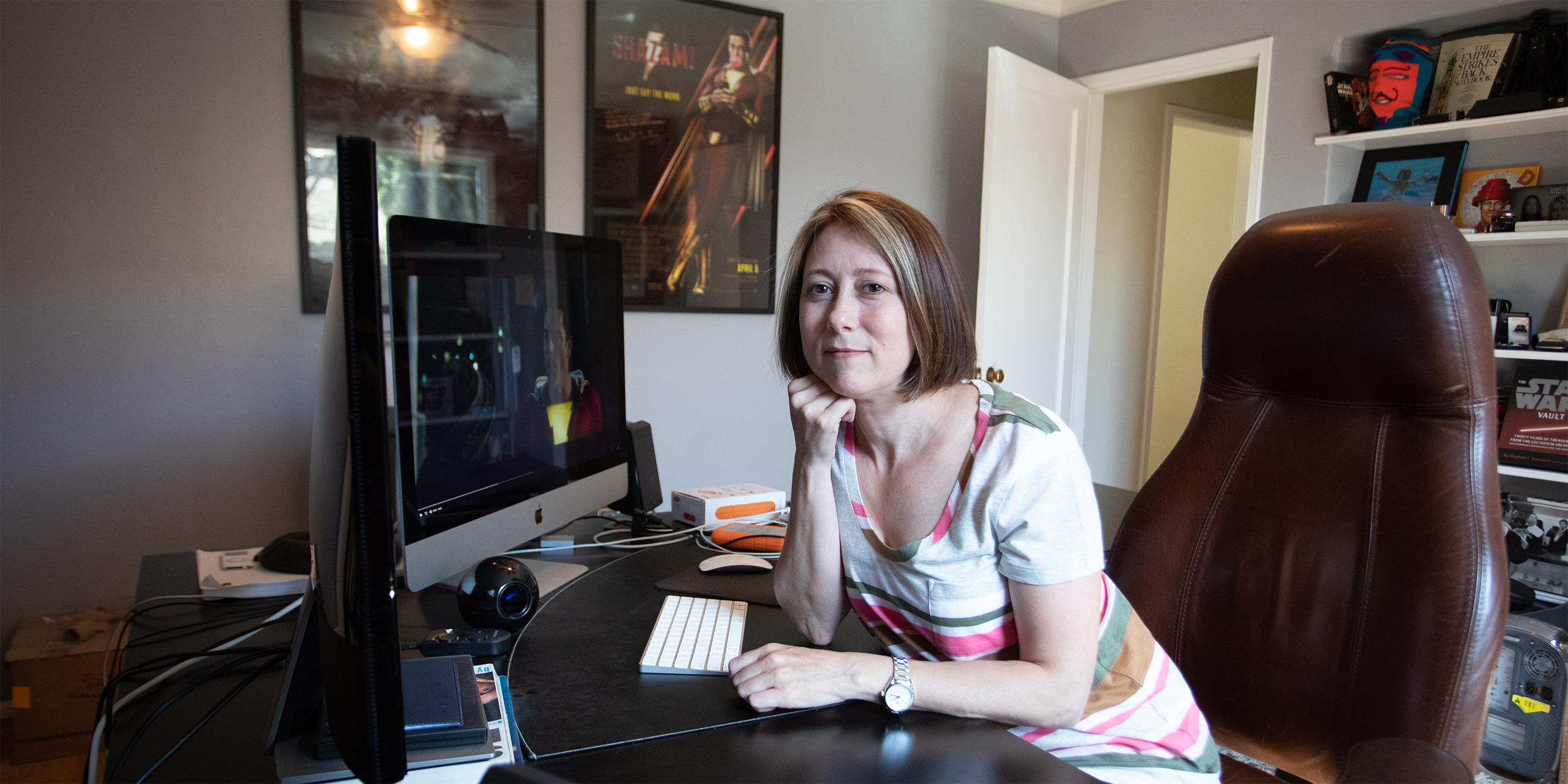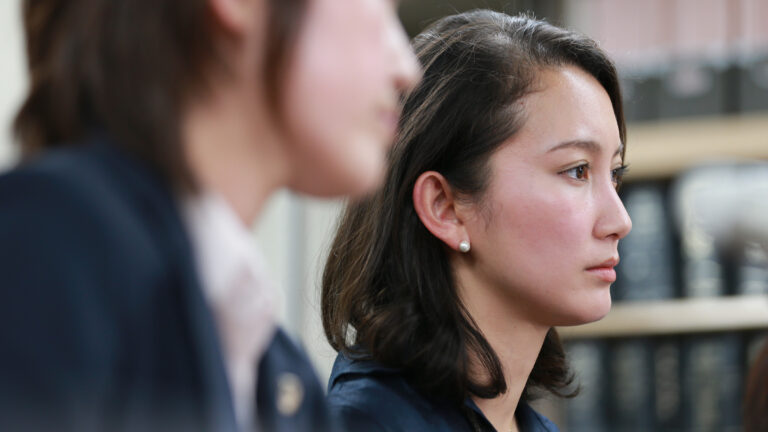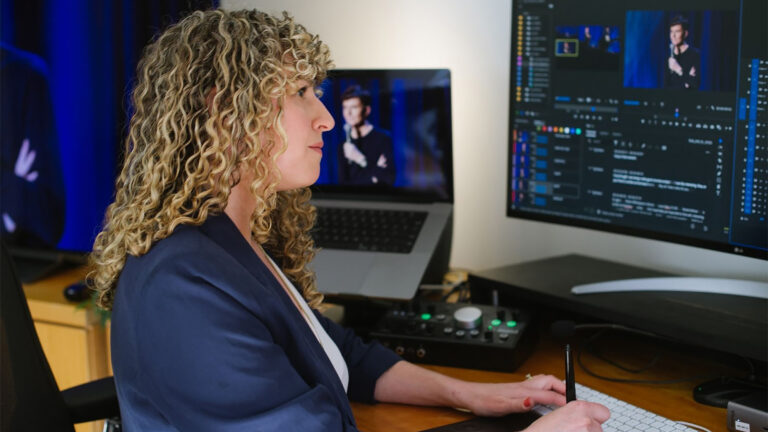Shazam is an unconventional superhero. How else do you describe a story about a 14-year-old boy named Billy Batson, who can become an Olympian-muscled adult with the powers of Superman by saying the name of an ancient wizard? It’s that surprising unconventionality that makes the box-office hit Shazam! (and, of course, the comic book character) so appealing. Especially because the filmmakers didn’t just rely on the built-in non-traditional elements of the character. They worked in a few surprises of their own.
We spoke with editor Michel Aller about the inspirational path that led her to Shazam!, how she worked with director David Sandberg, and creating the unexpected and surprising beginning and end of the movie.

The road to Shazam
Michel discovered her passion for editing while working at a trailer house, sifting through footage to assemble movie previews that would entice audiences’ curiosity. It was there that she glimpsed the narrative power of cutting footage. “That’s where I learned that you can tell any story that you want,” she says. “Editing, I realized, allowed you so much creativity and so much leeway in telling a story.”
Michel needed to do more. She wanted to not just make trailers. She wanted to create the type of stories she was making trailers for. She began seeking out apprentice editor opportunities for feature films. Along the way she received guidance from various established editors, including Oscar-winner William Goldenberg (Heat, Insider, Argo) who she especially credits with nurturing her editing instincts and craft.
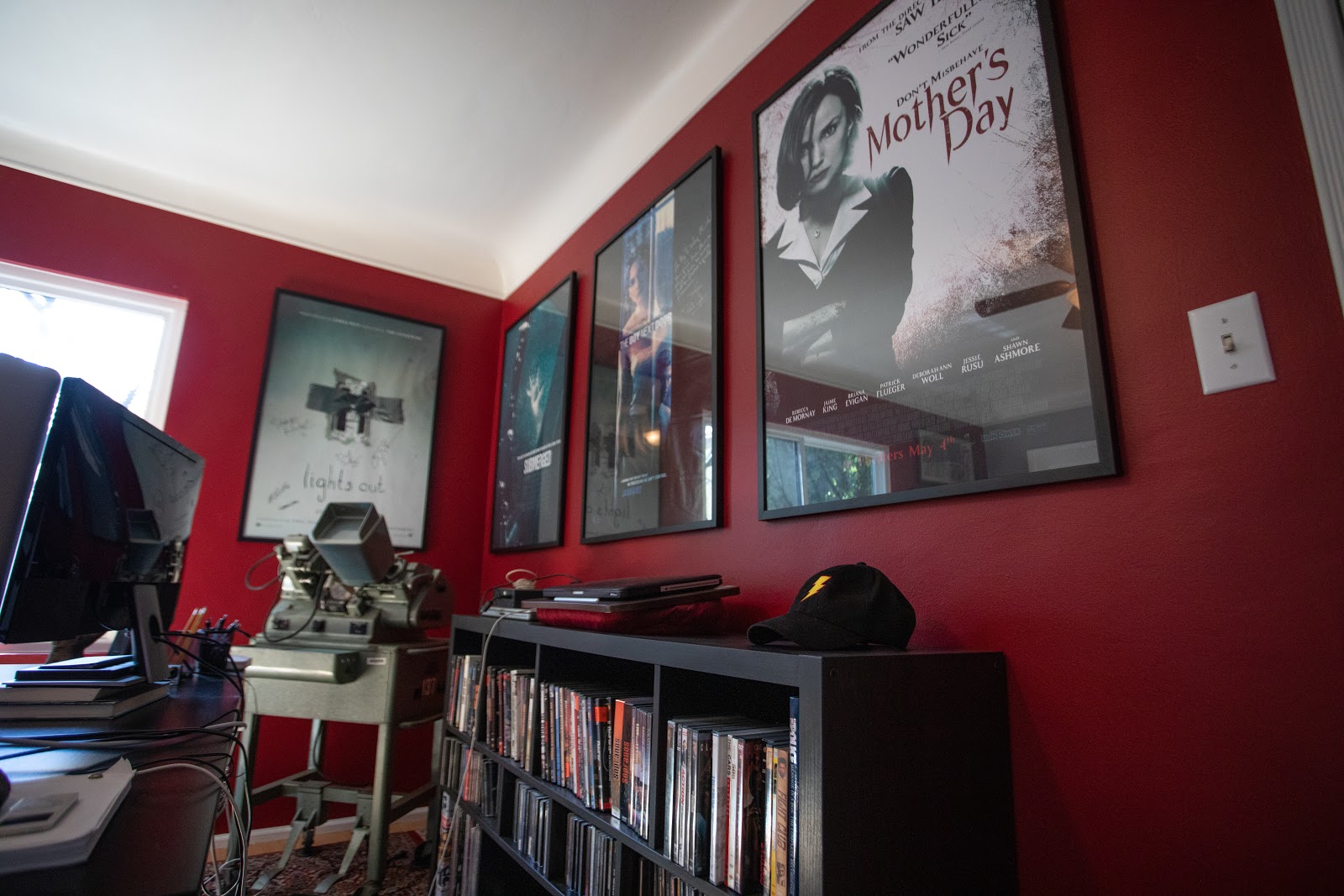
“I’d show him a scene, and he would say, ‘Oh, that’s interesting. It’s not something that I would have done, but no cut is wrong. Look at the footage, interpret it, and nothing is wrong. It’s all about being creative and your vision,’” she says. “It was really encouraging.” He also gave her a crucial piece of advice for further honing her talent: “You just have to cut. Cut anything.”
Michel did. She continued to seek out assistant work. “I never said no to anything. Anything that was offered to me, I always found a way to do,” she says. She would also make the effort to cut whatever she could outside of paying-work. “You have to make money, so I assisted, but I also cut as much as I could possibly cut.” It was all about one mission, she says. “Just get the experience.”
Continuing to pick up wisdom from editors like Chris Lebenzon (Tim Burton’s frequent editor), she eventually received her first solo editing credit on Daddy Day Camp. Since then, she has been editing solo consistently with one project proving important for her career trajectory: Lights Out in 2016. On that film, she met director David F. Sandberg. They hit it off, then worked together again in 2017 on Annabelle: Creation. It wasn’t long after that another project came along. A big (muscular) one.
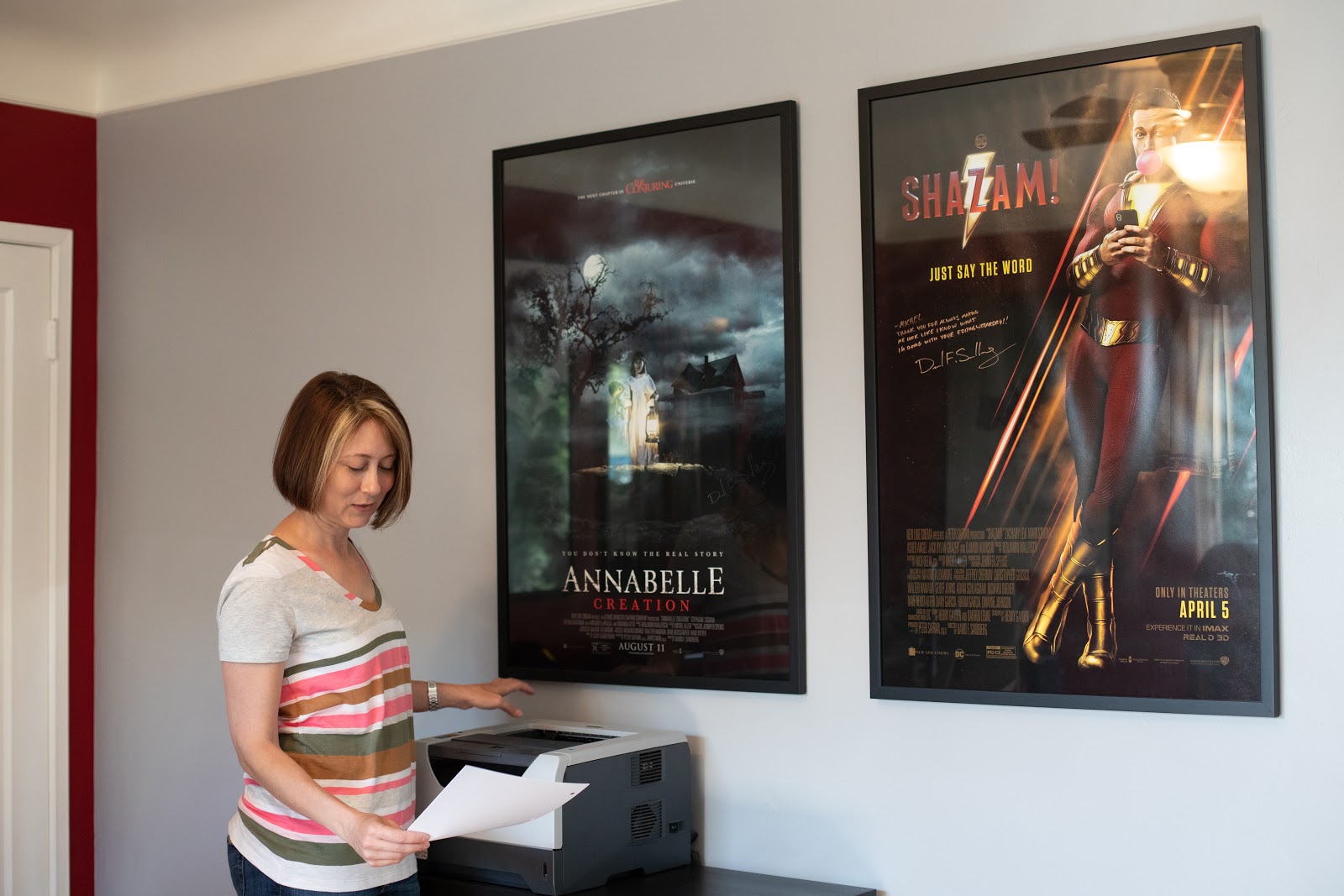
A super team up
Even with two successful collaborations under their belt, Michel wanted to be sure Sandberg knew she would love to do more. “I’m never shy about saying, ‘David, I enjoy working with you. I want to work with you again,’” she says. That’s why when Sandberg signed on to direct Shazam! she had a good feeling she would get a call. She was right.
Production started in early 2018 in Toronto, where cinematographer Maxime Alexandre shot with Alexa SXT (open gate) and the Alexa Mini, using 3424 x 2202 Arri Raw. Michel was in Toronto to receive the dailies, which were processed onsite by Fotokem with NextLab.
“They processed dailies right in our office and dropped them onto our Avid server.” She then edited with DNX 115 on up-to-date 52” monitors, and using Avid Symphony and Media Composer 8.6.5, because she likes using the latest version when a new project begins, just for the stability.
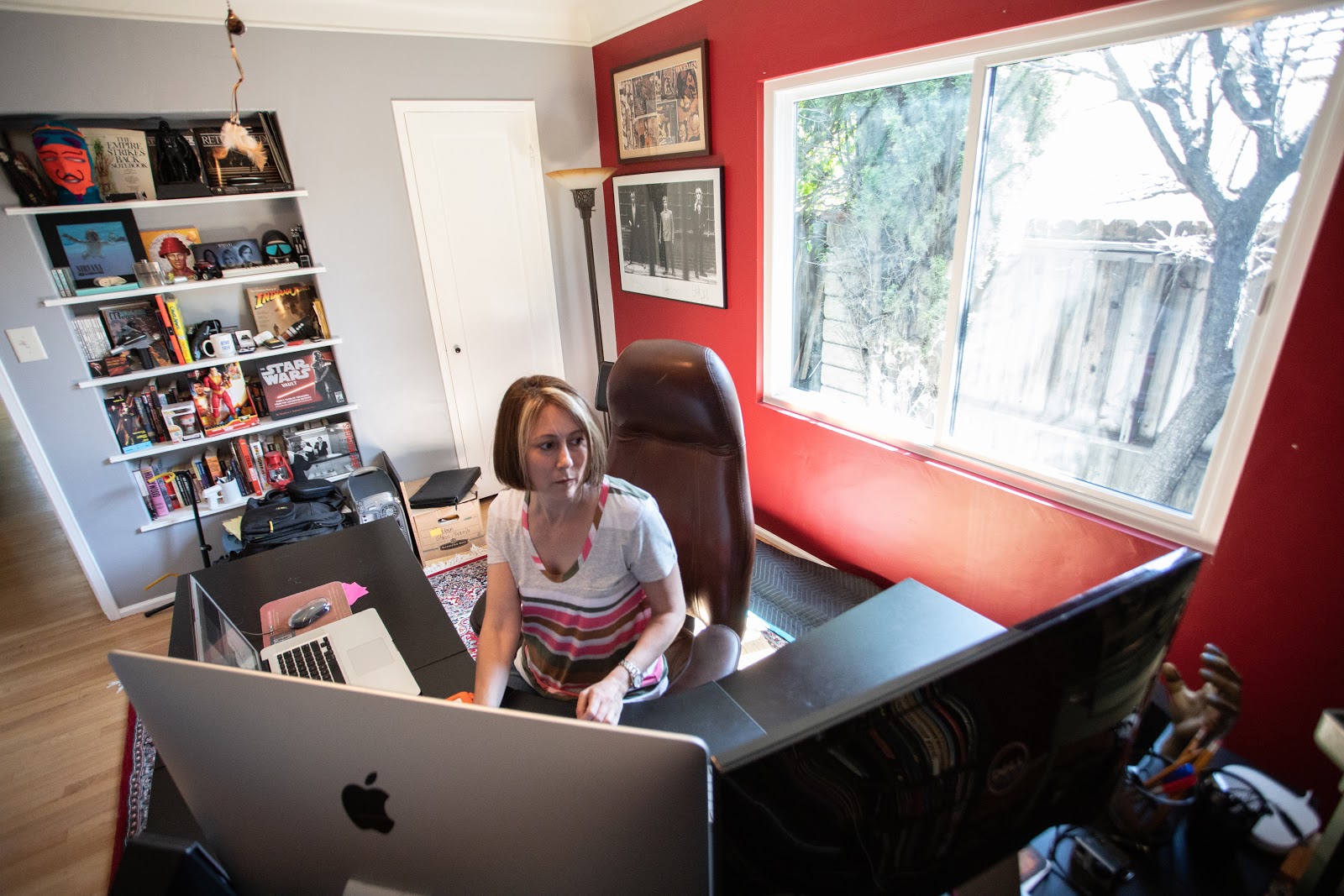
This was also the first time Michel used Avid’s ScriptSync, which she found especially helpful for wrangling the extensive coverage for the action sequences. (Later, she would have a more direct feed to dailies. During re-shoots in Toronto, the schedule was so tight she wanted quicker access. “I asked them to give me the video tap. They’d be shooting for three hours. I’d get those first set of dailies through the video assist guy. And then I would cut that. So the next morning, when I actually got dailies from the lab, I had already cut all that material.”)
Her editing team consisted of first assistant Steve Trapani, Toronto first assistant Dawn Stoliar, Toronto editorial trainee Brendan Hiles, post-production assistant editor John Carner, as well as VFX editors, Ed Marsh and James Lu. She assigned her assistants to organize the bins in the low-key way she prefers.
“I don’t feel like I’m high maintenance,” she says. “Dailies bins for my scenes are organized by setup, in frame view and not scene order. I find it easier that way when referencing my lined script and then looking for that take in the bin. Sometimes the organization changes depending on the amount of footage for a given scene, but for the most part that is the basic way I have bins arranged. I watch every piece of film, so I like to start off with that which is the basic way to set up a bin and change from there if needed.”
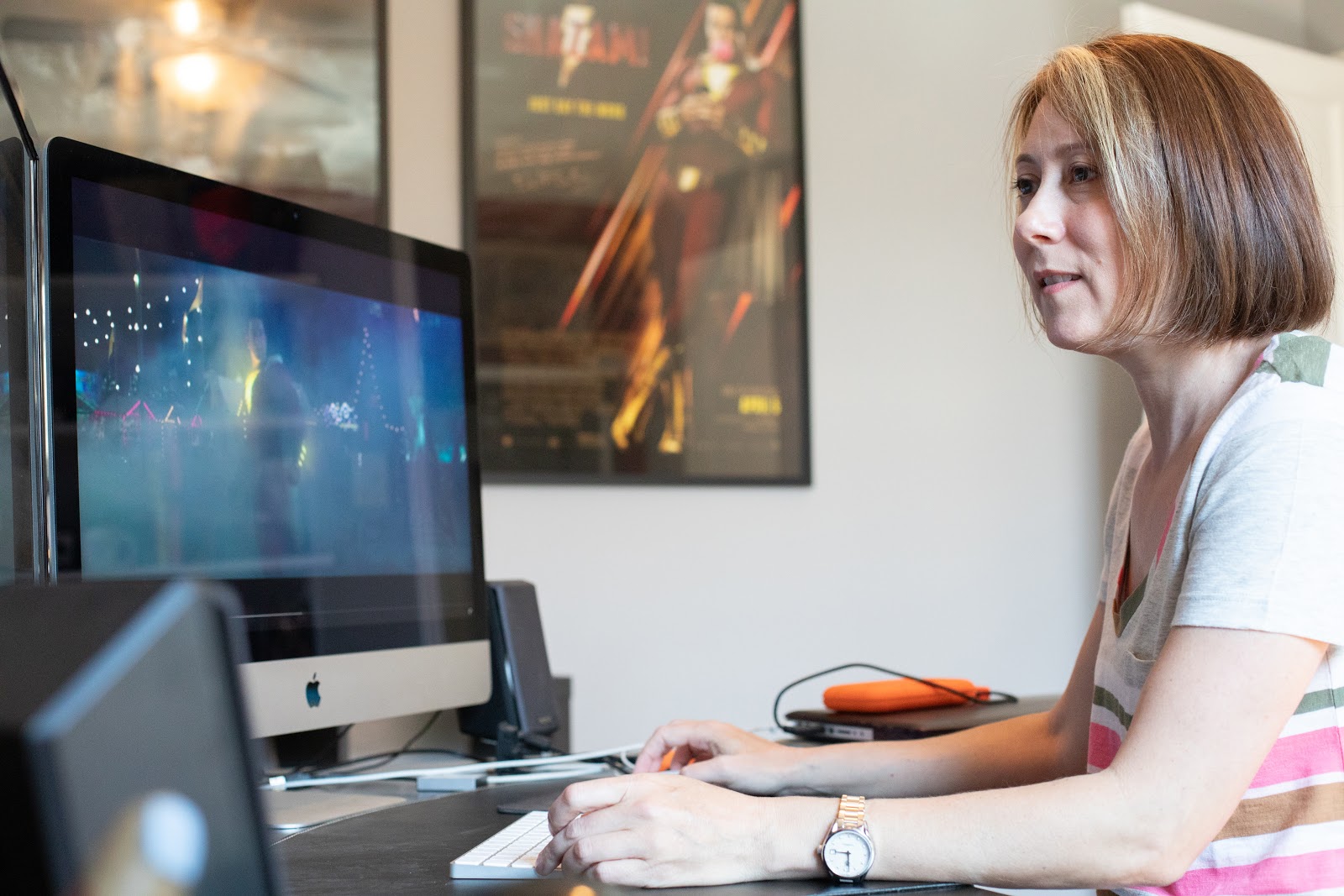
During production, Sandberg would stop by regularly to review the footage and what Michel was working on. Previsualization, provided by the company PROOF, often proved a useful means of helping shape the movie in those early stages. “Previz is a really handy tool that offers you options on creating scenes,” she says. That’s not to say the final film necessarily has sequences that look exactly like the previz, but it did provide a road map. “It’s a good jumping off point. It’s another form of working out a creative process,” she says. “It creates another way to figure out a solution. If you can’t shoot that, what you’ve just created in the computer, what do we do? And another creative idea can spark from it.”
It’s not the only way creative ideas sparked in Aller and Sandberg’s collaboration, especially during post-production, which started roughly five days after shooting wrapped. During that time, Michel got as much ready as possible to enable their creative discussions.
“When I present an edit, I like to make sure that I have sound effects and music in as much as possible. I work really hard to make sure that it’s a good presentation. I don’t want them to have to sit there and imagine sound effects, especially for a movie like this where there’s a lot of blue screen,” she says.

Once they are in the room together, their familiarity empowers their work. “I know his ideas and where he’s going with it, and I can build on top of that. Or he can continue to build on an idea that I’ve come up with. It evolves, and it feels natural,” she says. There’s a good amount of experimentation as well. “There were times where he’d let me try things, and I’d say, ‘You know what? I have an idea. Let me just see what I can come up with.’ Then I’d show it to him, and we’d bounce ideas off of each other to further evolve the scene,” she says. It’s always a collaboration, not a competition when it comes to what ideas move forward. What’s always important is what’s best for the movie. “It’s all about the best idea wins.”
Unexpected origins
Shazam! doesn’t begin as you’d expect. Instead of opening with the origin of our hero, Billy Batson, we get the childhood origins of the movie’s villain, Dr. Sivana, discovering in the 1970s the magic temple where Shazam’s powers come from.
It wasn’t initially a foregone conclusion they would start with Sivana, because the filmmakers understood that with a movie called Shazam! most people would expect it to start with, well, the title character. “David and I played around in editing with the idea of telling the evil guy’s story as flashbacks and possibly start with Shazam,” she says. However, exploring so much backstory – the magic temple, the wizard, their history, and all of Billy’s background – didn’t feel right. “There was just too much story, too much explaining to the audience that you couldn’t do it justice. I think it would have been more confusing,” she says.

That would especially be the case because they were facing a significant narrative handicap. “Coming into this movie, we knew that nobody knew who Shazam was. So we had to give a lot of backstory,” she says. Then to bring in the villain would have been too much. “You can’t just drop this evil guy in the middle of the movie after you’ve already gone to Shazam,” she says. So, they opted for a villain origin that could double as an explanation of Shazam’s power source, so that when Billy discovers the wizard’s temple, the audience already knows how (most) everything works.
Aller and Sandberg also enjoyed the fact that their approach would be something unexpected for the audience. “In early screenings, people thought, ‘Oh, well that kid’s going to be Shazam.’ That was part of the nice thing about starting with the bad guy. It was a little unexpected. Sure, we could have gone the formulaic way. But we went a little different, which turned out better,” she says.

None of that is to say it wasn’t without its challenges. It did require careful pacing, as well as delicate intercutting between Billy’s character being set up, and the conclusion of Sivana’s origins when he’s an adult. “We had to take a lot of time in crafting the pacing of the opening,” she says. They were pleased with the result. “Explaining these two new characters that people don’t know very well takes time… But the audience, in the end, went along for the ride because we just kept moving the story forward.”
A surprising climax
Moving forward in the story further, there was another sequence that proved challenging: the climax. Not unlike the opening, a lot of story had to be contended with: Shazam fighting Sivana over the skies and rooftops of Philadelphia; the crowd-pleasing surprise around Billy’s foster siblings turning into adult superheroes like Billy, and who then fight the seven deadly sins at a Carnival; and all of it being foregrounded by the film hitting it’s thematic and emotional apex.
Michel embraced the challenge. “It gave me an opportunity to just have fun with so many different elements,” she says. “I was excited to be able to craft that.”
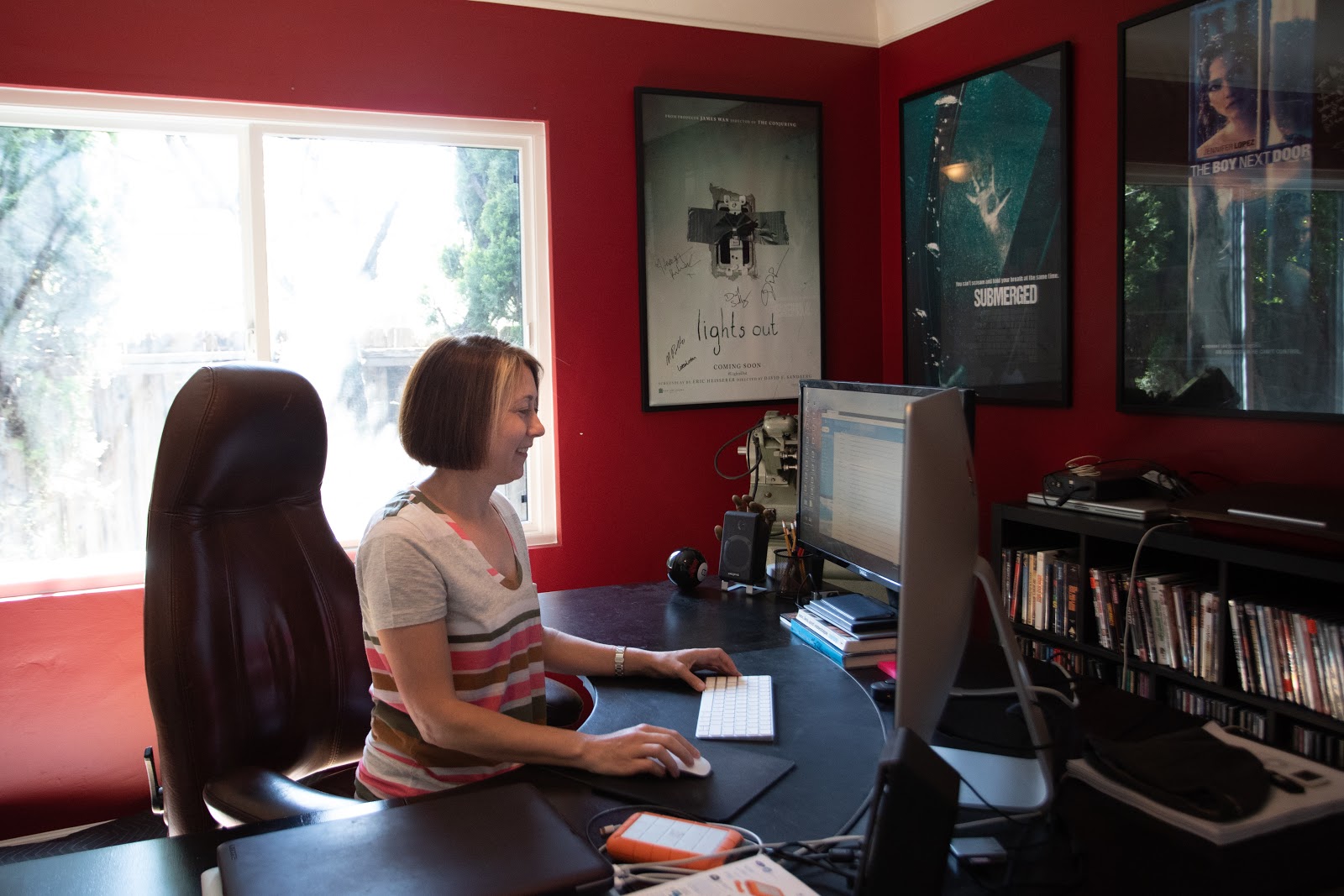
The climax did require consideration and exploration to find the right narrative, and editorial, path. “It was a lot of trying things,” she says. There was, for example, the battle between Shazam and Sivana. “The end battle was going to just take place at the carnival, and we realized once we had created that we needed to open up the scope of it and get them out into Philadelphia,” she explains. “It was early on when we were watching the film for ourselves that it felt too contained in the carnival for the climax of the movie. Since it takes place in Philadelphia, you never felt the scope of the city, so we took Sivana and Shazam out of the carnival and into the skies over the city during the flying battle which widened the scope.”
There was also the gradual reveal that the foster children have turned into superheroes to contend with. “This just has to be epic,” she recalls thinking. It’s why it first cuts to Shazam’s astonished reaction, then to his Marvel Family emerging from a wall of drama-enhancing smoke. She let the actors expressions guide the pacing of that moment, as well as the music and visual effects.
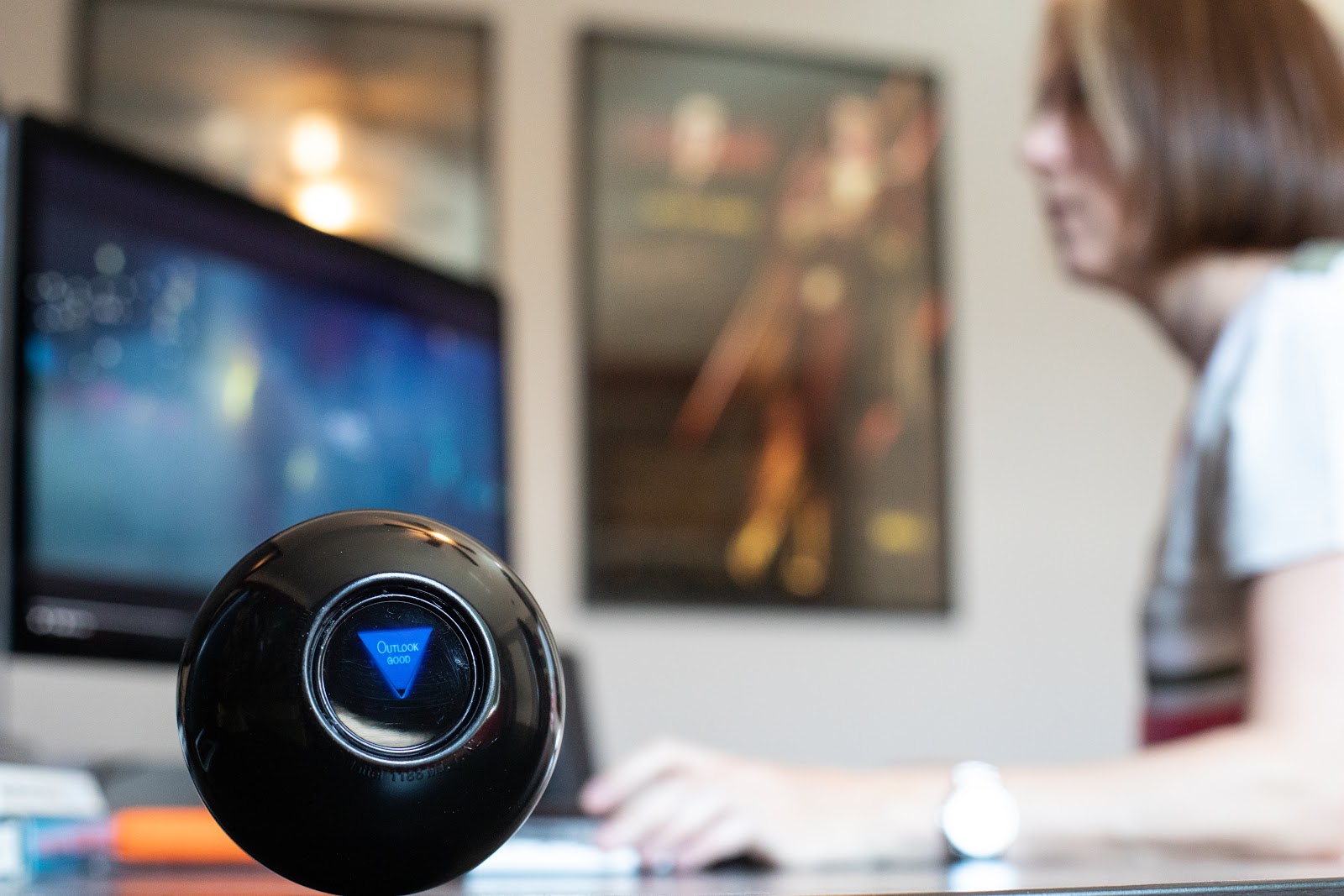
Figuring out the exact beats and length of shots, however, wasn’t as important to her as going with what felt right for the moment. “As an editor, I’m never tied to the length of the shots,” she says. “It’s all about what’s going to give you the right feeling and the right emotion. So I’ll definitely trim shots, extend shots, do what I need to for the best presentation possible.”
One concern with the Marvel Family reveal, however, was making sure the “new” characters were properly showcased afterwards. Most of all because the surprise is very much tied to the movie’s emotional theme about Billy’s need to accept the power and support of his new foster family. “We’ve just introduced these new characters at the end. We’ve got to give them enough screen time. Audiences have already enjoyed the young characters, but they also need to get to know the adults,” she says. All while ensuring that, as Michel puts it, “it didn’t feel like it was shoehorning in this emotional moment.”
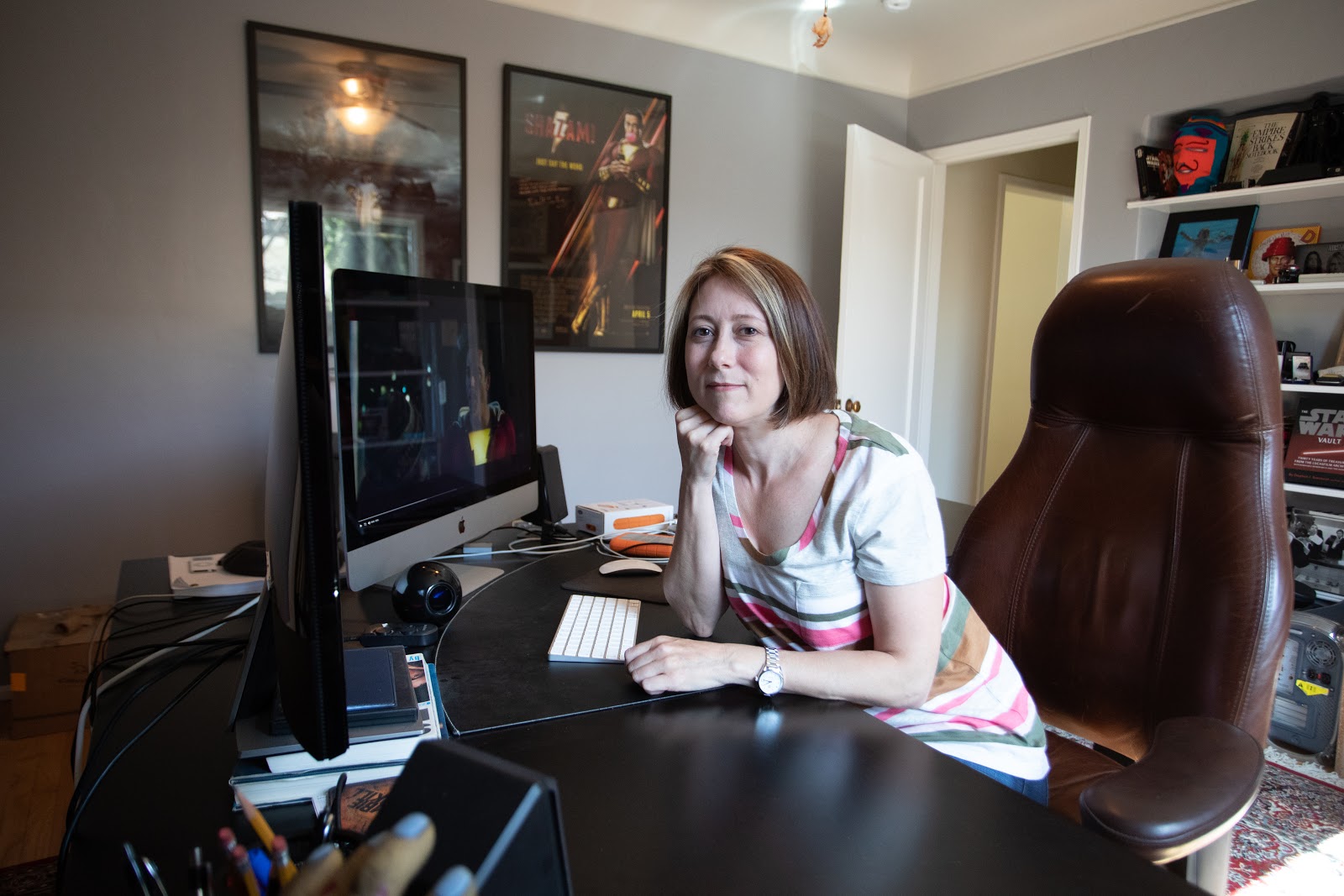
What guided her in finding the right balance between action and emotion, highlighting “new” characters and established ones, was a key question. “Going into it, I think, ‘Okay, what is the scene trying to tell me, or trying to convey?’ That’s how I approach it. Then I cut the scene, and then overall you see, ‘Okay, is it working?’”
She also found it important to keep the arc of the story and the characters in her mind. “We went back to previous ideas like, ‘Why did we come up with that, and how did it evolve into this final battle?’” She goes on: “We always knew that it went back to these characters that these people like, and you have to continue that story throughout it. So it was just making sure that I could get back to those moments naturally.”
It’s perhaps not dissimilar to Michel’s own story, one that has seen her talents and craft develop naturally, in a way that enabled her to edit what may be the biggest movie of her career so far. She is grateful for the journey she has been on.
“I’ve worked on everything from horror and comedy to action and thrillers, all of those experiences help shape my abilities as an editor,” she says. “I’m always learning and that’s what keeps all of it interesting to me. Because I believe each one of these types of films you learn new things that helps you on the next one. That includes working with different directors and adapting to their styles but also bringing your own sensibilities and ideas to the table. I’ve been very fortunate to work with great filmmakers.”

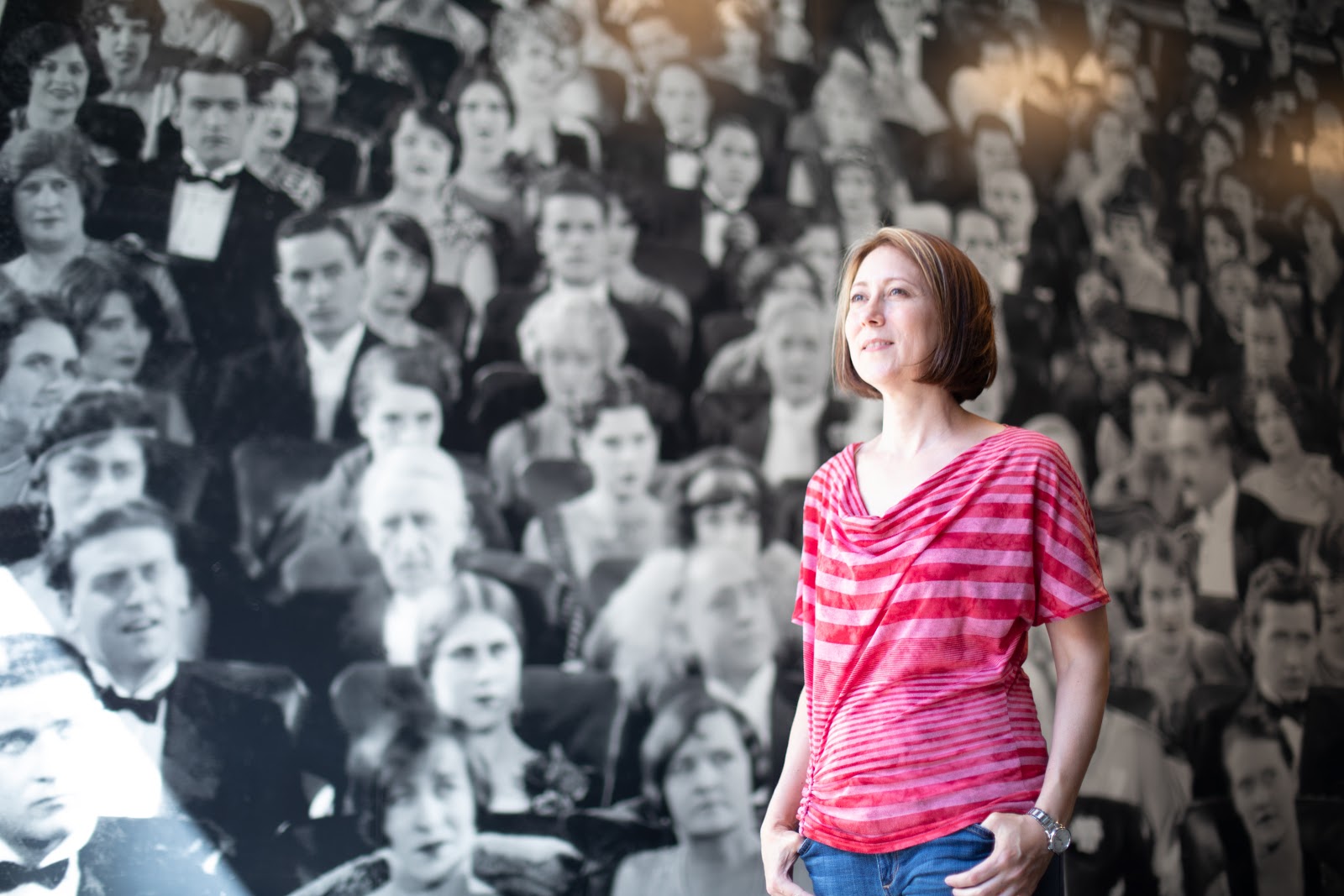
Photography by Irina Logra.

